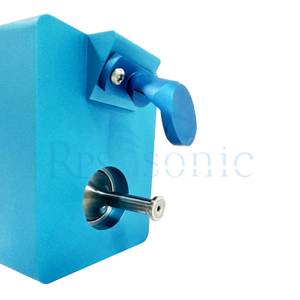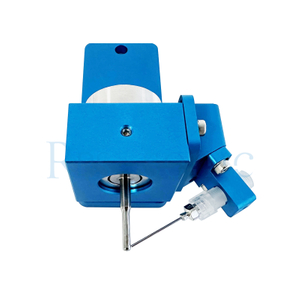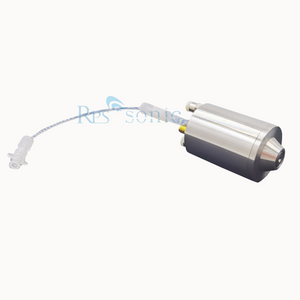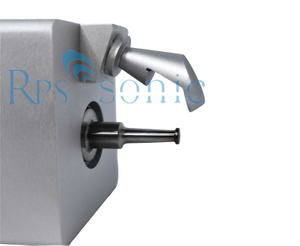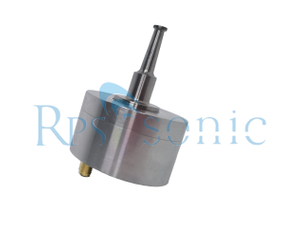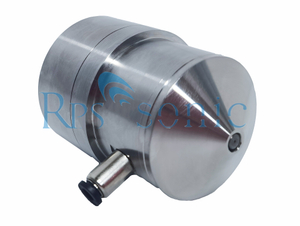Ultrasonic spraying is a technology that uses ultrasonic vibration energy to atomize liquid into tiny droplets and evenly spray them onto the surface of the substrate. Compared with traditional spraying (such as air pressure spraying and spin coating), it has the advantages of uniform atomization, material saving, and reduced splashing, and is widely used in many high-precision fields.
1. Principle of ultrasonic spraying
Ultrasonic atomization: High-frequency vibration (20kHz-120kHz) causes the liquid to generate capillary waves at the nozzle, breaking it into micron-sized droplets (usually 10-100μm).
Spraying control: By adjusting the frequency, amplitude and liquid flow rate, the droplet size and spraying thickness can be precisely controlled.
2. Core application areas
(1) New energy battery manufacturing
Electrode coating: Uniformly spray lithium battery positive and negative electrode slurry (such as lithium iron phosphate, graphene) to improve battery energy density and cycle life.
Fuel cell membrane electrode (MEA): Spraying catalyst layer (such as platinum carbon) to reduce the amount of precious metals and optimize reaction efficiency.
(2) Semiconductors and electronic devices
Flexible circuits: spraying conductive ink (silver nanowires, carbon nanotubes) on PET/PI substrates for flexible displays and wearable devices.
Photovoltaic solar energy:
Perovskite solar cells: uniform deposition of perovskite layers to avoid pinhole defects.
Transparent conductive film (TCO): spraying indium tin oxide (ITO) alternative materials.
(3) Medical and biological coatings
Drug eluting stents: precise spraying of anticoagulant drugs (such as heparin) on the surface of cardiovascular stents.
Biosensors: spraying enzyme or antibody layers for glucose detection, DNA chips, etc.
(4) Industrial precision coatings
Anti-reflective/hydrophobic coatings: spraying nano-scale functional coatings (such as SiO₂, fluoropolymers) on the surface of glass and lenses.
Anti-corrosion coatings: spraying corrosion-resistant materials (such as polyurethane, ceramic slurry) on metal surfaces.
(5) Food and agriculture
Antibacterial layer of food packaging: spraying natural antibacterial agents (such as chitosan) to extend the shelf life.
Pesticide spraying: Atomized pesticides reduce the amount of pesticides used and increase crop coverage.
3. Ultrasonic spraying vs. traditional spraying
Comparison items Ultrasonic spraying Traditional air pressure spraying
Droplet size 10–100 μm (uniform) 50–200 μm (uneven dispersion)
Material utilization rate >90% (very little splashing) 30–70% (overspraying waste)
Coating uniformity Nano-level precision, no "coffee ring effect" Easy to produce sagging, uneven thickness
Applicable liquid Low viscosity solution (<500cP) High/low viscosity can be used, but it is difficult to control
Environmental protection No compressed gas, reduce VOC emissions Compressed air is required, which may pollute the environment
4. Technical advantages
Material saving: reduce more than 50% of paint waste and reduce production costs.
No nozzle clogging: no high-pressure gas, suitable for suspensions containing nanoparticles.
Low-temperature spraying: suitable for heat-sensitive substrates (such as plastics, biofilms).
Automation integration: can be used with robots to achieve high-precision 3D curved surface spraying (such as automotive parts).
5. Challenges and improvement directions
Liquid viscosity limitation: high-viscosity liquids (such as some polymer melts) need to be diluted or the atomization design needs to be improved.
Large-scale production speed: the efficiency is currently lower than spin coating or roll-to-roll processes, and multi-nozzle arrays need to be optimized.
Cost: high-end ultrasonic nozzles are expensive, but long-term material savings can balance the investment.
Future trends
Nanomaterial spraying: used in emerging fields such as quantum dot displays and graphene sensors.
AI control: adjust parameters in real time through machine learning to adapt to complex surface shapes.
Ultrasonic spraying is gradually replacing traditional spraying technology with its precision, environmental protection and high efficiency, especially in high value-added industries such as new energy, electronics and medical care.
RPS-SONIC Ultrasonic spraying equipment features:
◆Automated wave equipment, using nozzle technology, can provide uniform and efficient thin film spraying;
◆High coating thickness control accuracy: can prepare coatings from twenty nanometers to tens of microns, and accurately control coating thickness; ◆Spraying uniformity: >95%;
◆Solution conversion rate: ≥95%, 4 times that of traditional two-fluid spraying;
◆Equipped with multiple nozzles working in parallel; (expandable)
◆Maximum spraying area: 400*400mm; (expandable)
◆High-precision constant flow liquid supply technology, can achieve uninterrupted and constant liquid supply;
◆Laser alignment: assist users to locate the nozzle position conveniently and quickly;
◆Imported high-precision precision pressure reducing valves and liquid valves to achieve high-speed and stable gas-liquid coordination;
◆Nozzle, liquid pipeline self-cleaning system, built-in waste liquid recovery system, waste gas exhaust system;
◆Online dispersed liquid supply system, hundreds of process formula storage;
◆Micron-level microporous vacuum absorption heating, suitable for flexible substrates such as battery separators.
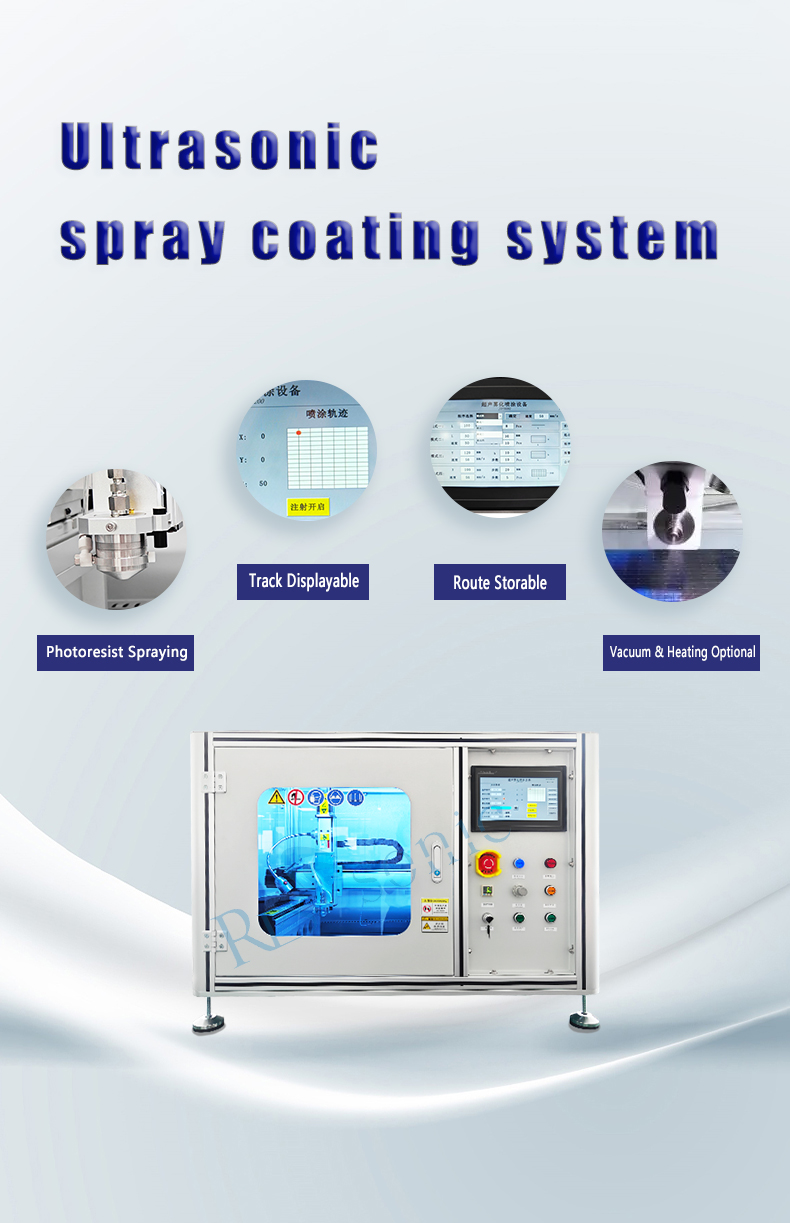
RPS-SONIC Ultrasonic spraying equipment videos:
 English
English


